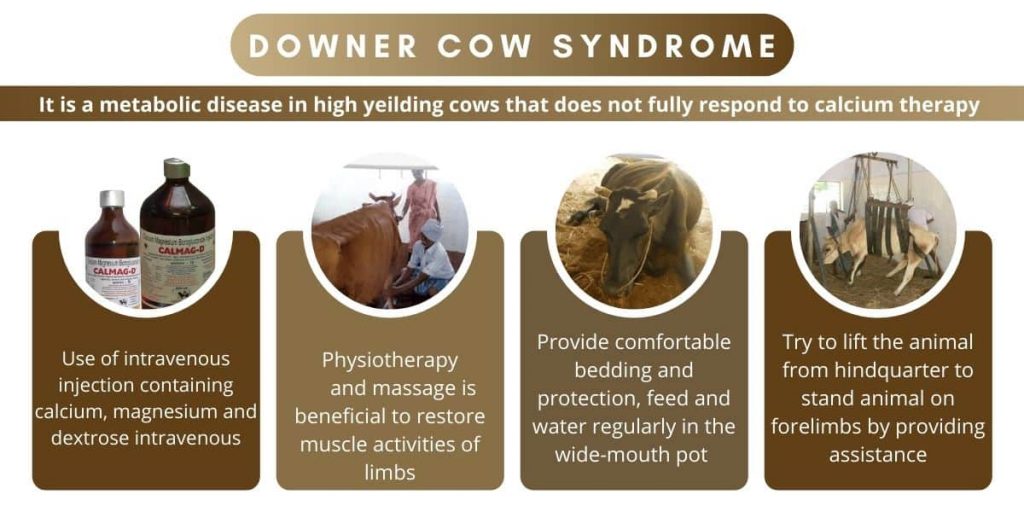
Tick Infestation in Dairy Cattle and its Control
There are number of external parasites on the body of milch animals. Ticks are one of them. Their name itself indicates that they are sticking on the body of animals and are sucking blood from their body. They suck blood from these animals for their livelihood. Ticks are found mainly inside and outside the external ears of animals, under inner and outer surface of tail and on neck and in between clauses of hooves, where they are found to be sticking and attaching firmly for sucking the blood. There are 106 different species of ticks on animals which includes Ixodes, Amblyomma, Boophilus, Hyalomma, Rhipicephalus and Dermacenter as their scientific names.
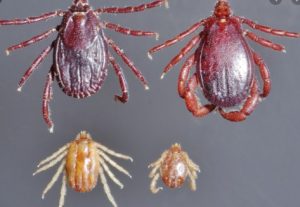
Life cycle of all ticks is such that their “Adults” and “Larval” stages remain attached to the body of milch animals and “Female” ticks only come down from animal bodies to the floors of animal stables and their walls and lay the eggs in cracks and crevices of the same as well as for hiding the same. One ticks female lays 500 to 5000 eggs at a time. Larvae coming out of hatched eggs get attached to the body of the same or another animal body. Male ticks always remain attached to the body of the animals. Though the ticks remain attached to the body of the animals throughout the year but their infestation is more predominant in September to November and February to March months of every year.
Effects of tick infestation in Dairy Cattle and its Symptoms
Ticks affect animal health by two ways.
a. Direct Effect b. Indirect Effect
a. Direct Effect and symptoms:
- Ticks suck blood of animal. Thus there is depletion of blood in animals leading to anaemia, which result in the gradual weakening of the animal. One tick sucks 0.5 ml 2.0 ml of blood from animal in one day.
- The appetite of the animal is reduced and hence they become dull.
- There is irritation of the skin. Scratching makes animals irritated mentally to become furious at times.
- The skin of animal gets spoiled. Hairs on skin start falling (Alopesia).
- Milk yield is reduced significantly.
- A high infestation of animals with ticks reduce their fertility and reproductive capacity.
- The work power of bullocks is reduced and capacity of work is lost.
b. Indirect Effects and symptoms:
On one side, ticks suck blood of animals and reduce the productive capacity while on the other side, they indirectly transmit various types of bacteria, viruses and protozoon parasites which produce various infectious diseases in animal such as spirochetosis (Tick fever), Encephalitis (viral), theileriosis, babesiosis and anaplasmosis (protozoon diseases).
Control of tick infestation in Dairy Cattle
Generally, chemical insecticides are used as “Acericides” for the control of tick infestation in cattle. Especially synthetic organophosphorus compounds are used for this purpose. Even though almost 100% of adult ticks on the body of animals are destroyed (killed) by these compounds, but the eggs of ticks are not destroyed completely by them, as they remain hidden in the cracks and crevices of the floorings and walls of the stables/gaushalas. Moreover, these compounds are highly toxic and it is especially recommended to use such chemicals with full precautions and safety. Their use can also bring carcinogenesis in animals. Over usage of these chemicals can also result into the development of Drug-resistance towards such acaricide chemicals. Thus such chemicals become totally ineffective against ticks over a time period.
Amongst the major acaricides, Pyrethroid (Cypermethrin and Deltamethrin) and organophosphorus (Hepthaphen, komaphos, fenvalerate) are main. Deltamethrin is available in market under the name Butox. It is used as a “spray” or “Dip”. It is essential to use 2ml of Butox per liter of water for mixing and then use it for bathing the animals and mixing 5ml of this product per liter of water for spray on walls and flooring of animal premises and stable. All these chemical are highly toxic to animals. There should be proper muzzling of mouths of the animals in order to prevent the animals from licking of the chemical acaricides. Watering of the animals before chemical dipping/spraying is a good idea to avoid licking of the same after treatment (by the animals).
Ivermectin The Products And Techniques Are Natural And Complementary To Veterinary Medicine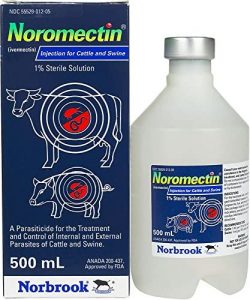 and Doramectin
and Doramectin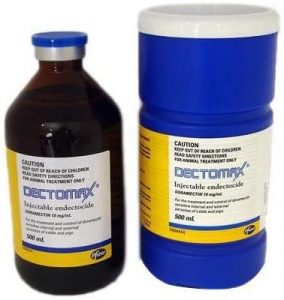 are also available in the form of injection and tablets. Injection of these products at rate of 1ml per 50 kg body weight of animal is applied sub-cutamineous for this purpose. Amitraz liquid (Tak-Tik) is available for application on the body by using 2ml per liter after mixing. Similarly “Amitraz” and DeltamethrinKatyayani Deltamethrin 1.25% ULV for Mosquitoes Cockroaches Bed Bugs Flies Flying and Crawling Household Quick Knock Down Insecticide Insects Thermal or Ultra Low Volume Fogging Spray (1 L)
are also available in the form of injection and tablets. Injection of these products at rate of 1ml per 50 kg body weight of animal is applied sub-cutamineous for this purpose. Amitraz liquid (Tak-Tik) is available for application on the body by using 2ml per liter after mixing. Similarly “Amitraz” and DeltamethrinKatyayani Deltamethrin 1.25% ULV for Mosquitoes Cockroaches Bed Bugs Flies Flying and Crawling Household Quick Knock Down Insecticide Insects Thermal or Ultra Low Volume Fogging Spray (1 L) 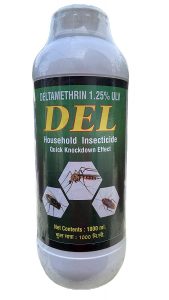 (Butox) in mixed form is also available. Fluemethrin (NAASH) is not used for dipping or spraying but it is to be used specifically for application on the “back skin” of the animal starting from hind edge of the “skul bone” at junction of head and neck up to the base of Tail bone (including ribs of both sides). The product rubbed on the skin of this “back” region is absorbed in sub-cutamineous tissue are found on animal body for that period.
(Butox) in mixed form is also available. Fluemethrin (NAASH) is not used for dipping or spraying but it is to be used specifically for application on the “back skin” of the animal starting from hind edge of the “skul bone” at junction of head and neck up to the base of Tail bone (including ribs of both sides). The product rubbed on the skin of this “back” region is absorbed in sub-cutamineous tissue are found on animal body for that period.
“Chemical Acaricides” have an adverse effect on man, animals and the environment in general and hence these are to be used very carefully. They should not be allowed to reach children at home while using in gaushalas and stables. For control of ticks, there is an availability of some “Ethno-medical/Ethno-veterinary” or “Herbal” medicinal remedies which are related to ancient traditional animal diagnostic naturopathy.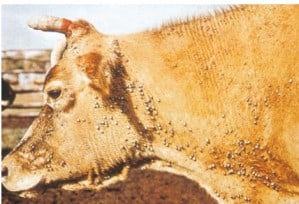
These herbal medicines are produced from natural herbs by extraction method from Neem, Tobaco, Sitaphal, Deodar, Nilgiri (Eucalyptus), tej patta, pudina and lasan (garlic). The animals treated with these herbal extracts get ride of not only ticks and become healthy but also do not show any toxicity or side effect as it happens in case of “Chemical Acaricides”. Moreover, the children and men coming in contact with treated animals also remain safe from side effects. Homeopathic medicine “Pyrethrum” (available in the market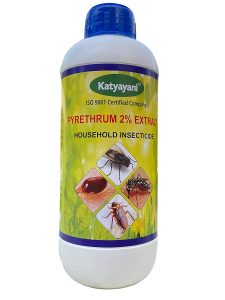 ) produced from flower and leaf extract from “Shevanti (Cryzenthenum)” herb is very effective as Acaricide.
) produced from flower and leaf extract from “Shevanti (Cryzenthenum)” herb is very effective as Acaricide.
Protection of animals from ticks:
- Do not allow to accumulate “Dirt” in cattle sheds. Ticks lay their eggs in darker and dumpy areas in crowded cattle sheds. Hence it very important that cattle sheds should be kept with most cleanliness.
- Animals sheds should be kept well ventilated and with brightly illuminated.
- Animals should be well fed with balanced diet.
- Newly arrived animals should be kept isolated (Quarantined) under observation for tick infestation for at least 2 weeks.
- Animals in stable should not be allowed to sit in ponds or water-logged spaces.
| Prof. K. M. L. Pathak
Former Deputy Director General (Animal Sciences), Indian Council of Agricultural Research, New Delhi and former Vice-Chancellor, DUVASU, Mathura, UP, India |
Dr. K. R. Shingal
Former Regional Joint Commissioner of Animal Husbandry, Government of Maharashtra, India |
Products available in the market:
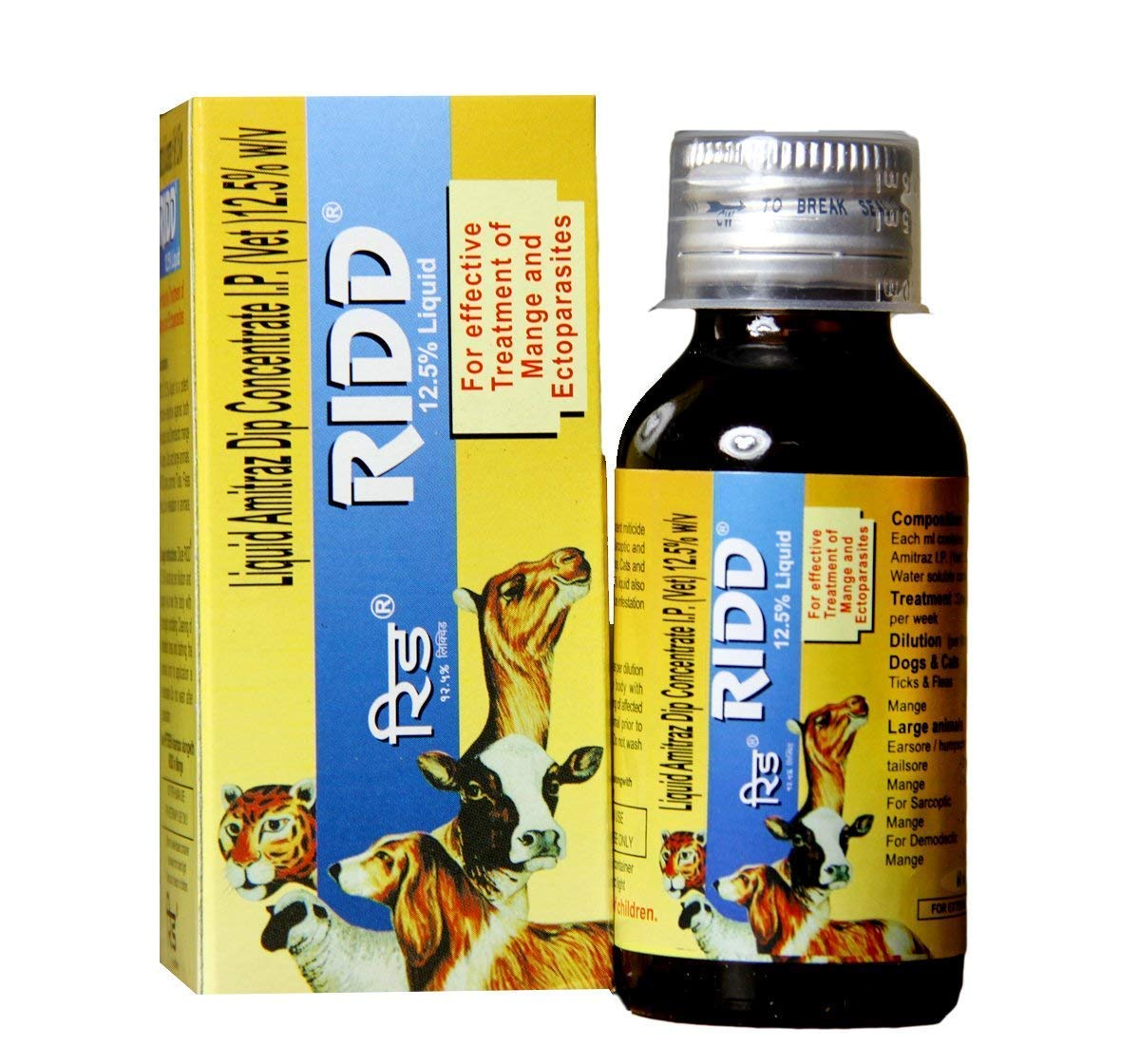 |
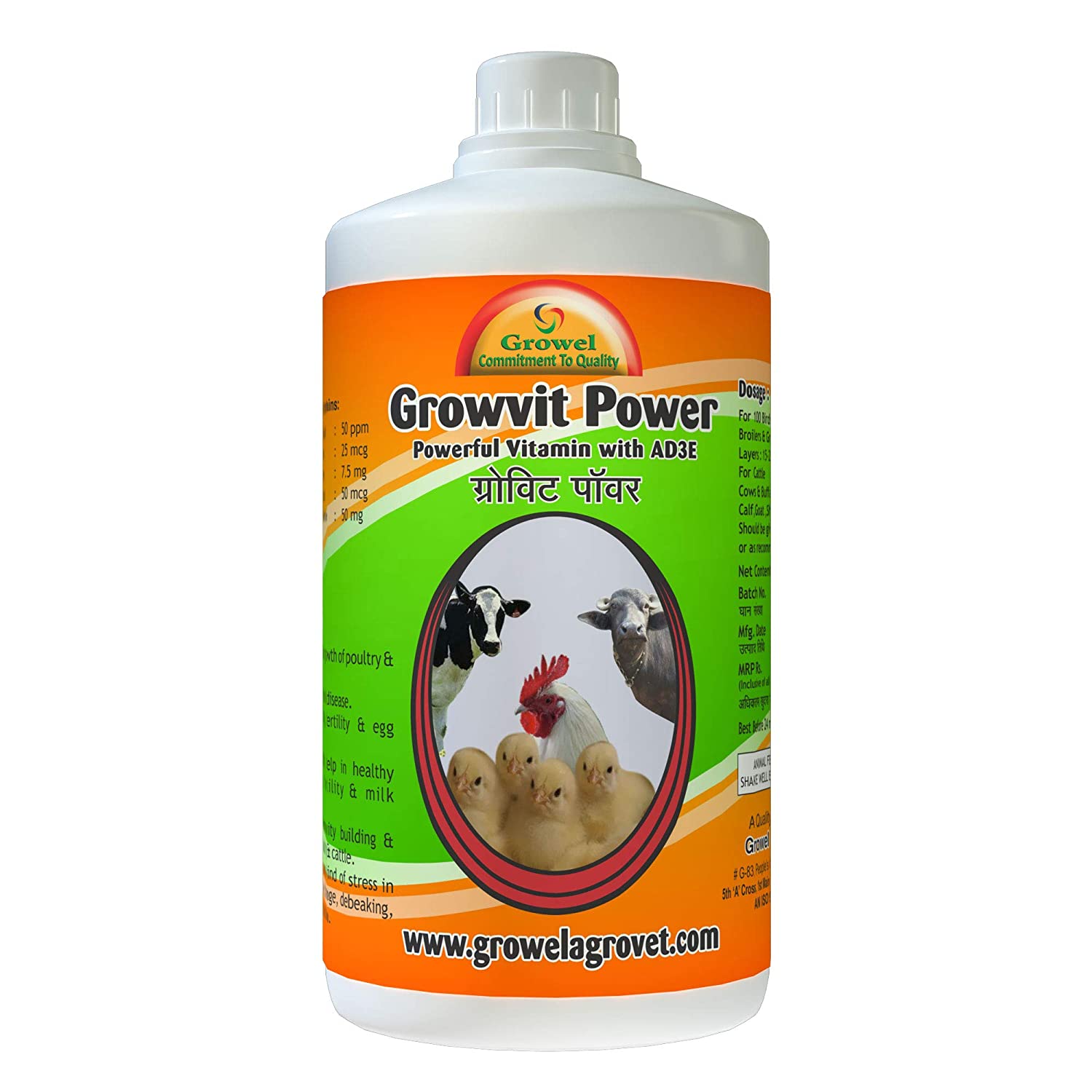 |
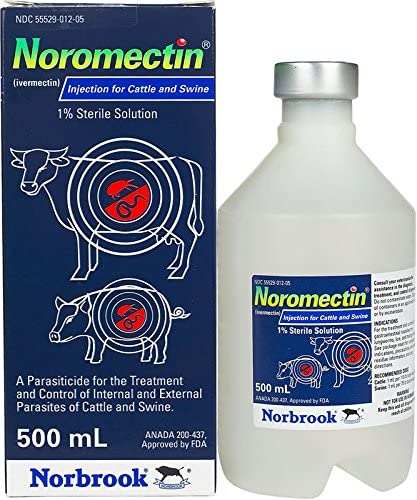 |

